Consistency is KEY with layer-hens
by Herman Rossouw
Layer hens are quick to pick up on changes in their environment. These changes could have a negative impact on their performance and should thus be kept to a minimum. Consistency is key to achieving and maintaining optimal layer hen performance.
One of the biggest factors influencing layer hen performance is their feed. Achieving a sufficient feed intake per hen per day ensures that the hen receives all the nutrients needed for maintenance of her body’s natural processes as well as to produce eggs. It has been well documented that layer hens can sense changes in their feed -particle size, -ingredients and even energy and protein levels.
Layer hens get used to a certain feed particle size and changing this (from coarse to fine or from fine to coarse) can cause the hens to decrease their feed intake while they are adapting to the new particle size. This decreased feed intake could lead to bodyweight loss which in turn will lead to egg weight loss and production loss. Consistency in feed particle size is thus key to maintaining a good feed intake in the layer house which will maintain production.
Too coarse a feed will encourage the hens to selectively feed which means they will consume the coarse maize and calcium grit particles first and leave the finer particles like soybean meal, sunflower oilcake, vitamins and minerals. Too fine a feed will decrease feed intake as the hens need to spend more time at the feeder trough to consume the same amount of feed and often the competition at the feeder is high between hens which means feeding time is limited.
Some raw materials, for example sunflower oil cake, could also cause hens to decrease their feed intake if the percentage of inclusion of the raw material suddenly changes. This will again lead to an adaptation period where feed intake is lower than usual, and the hen will thus lose bodyweight and egg weight, and production percentage will decrease.
It is difficult for the farmer to control the consistency of the feed particle size or even the raw materials used in the feed, but the risk can be greatly mitigated by not switching between different feed suppliers too often. Building a relationship with your feed supplier will ensure consistency in the feed used on farm.
The farmer however can control or at least try and control the temperature, lighting schedule, water -availability and -quality. Large fluctuations in temperature can cause hens to be uncomfortable and thus influence their feed intake which in turn will again influence production percentage. Optimal temperatures of between 20 and 25 degrees Celsius should be the target, but in South Africa where the summers are very hot, a maximum of 27.5 degrees Celsius is still acceptable. It is important to note that humidity higher than 60% actually increases the “real-feel” temperature. The rule of thumb is that every 5 % above the 60% humidity level, increases the temperature with 1 degree Celsius and we should thus not only try and mitigate heat, but also try and keep humidity in a constant range.
Layer hen water intake is double that of their feed intake and a restriction in good, clean water will cause a decrease in feed intake. Consistent good, clean water supply with a pH of 5-6 is optimal. Always test water supply at the last nipple in the house and measure the amount of water that flows from that nipple in 60 seconds, a good rule of thumb is 60ml in 60 seconds.
As with people, layer hens do not like change, and their reaction to it can differ between different situations. Keeping variation to a minimum would decrease stress on the hen which improves her health and improves her performance.
Consistency in feed, environment and water will directly equate into consistency in production.
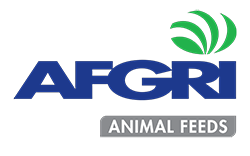
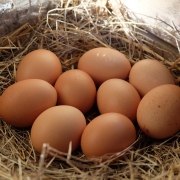
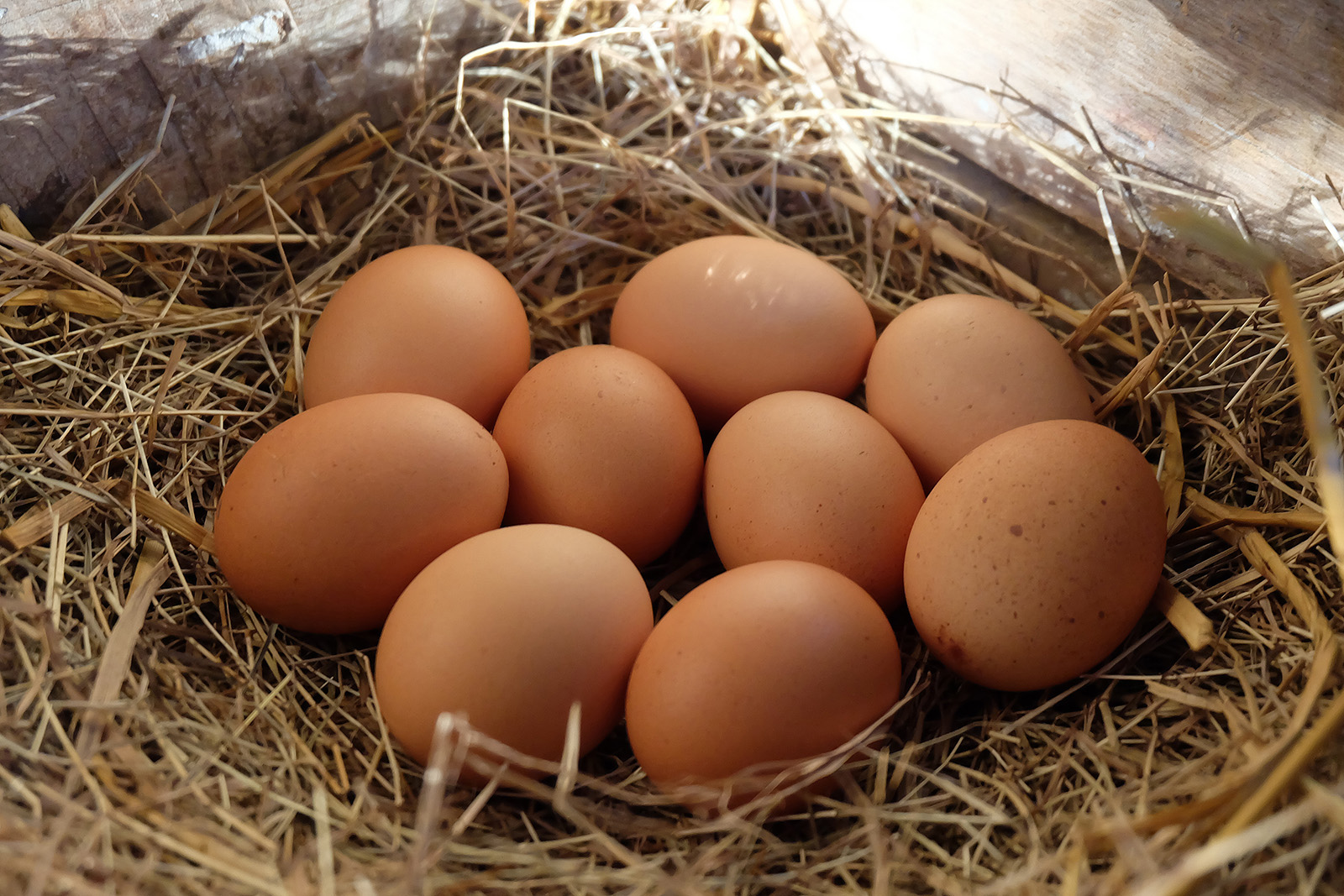
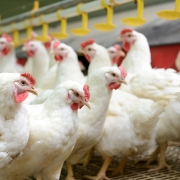
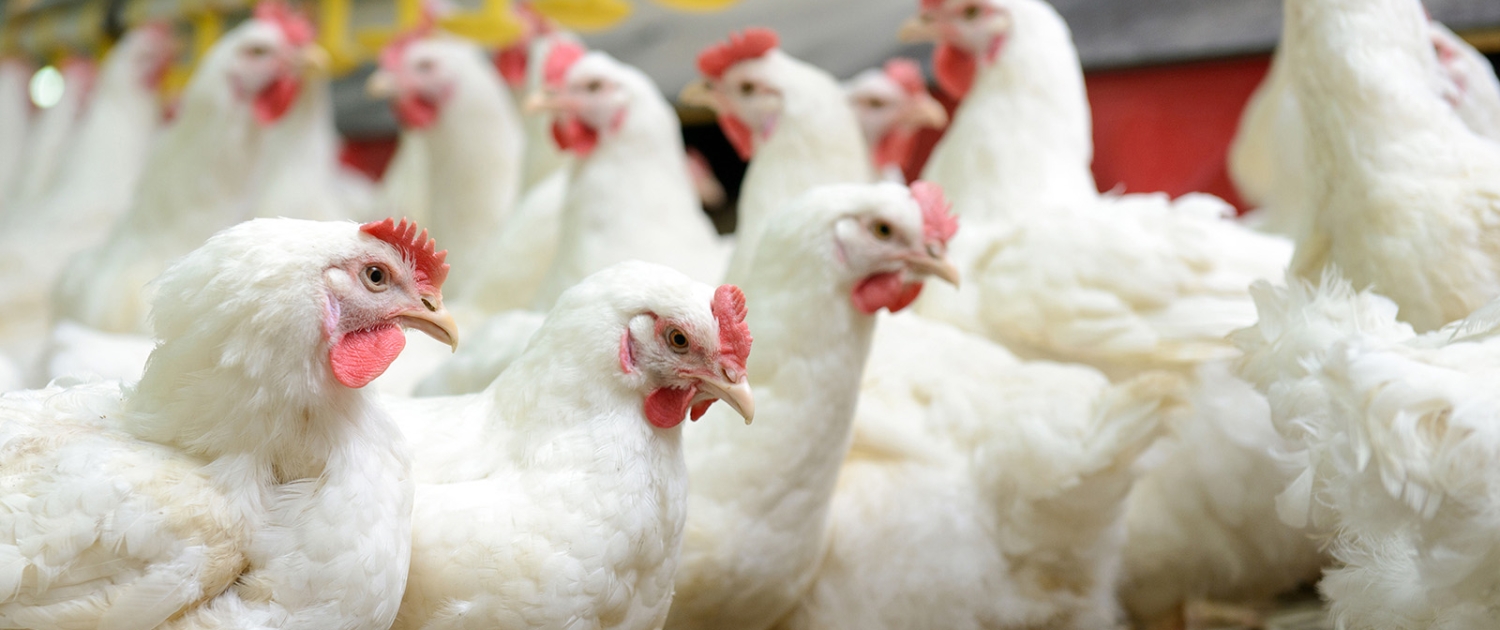
.png)